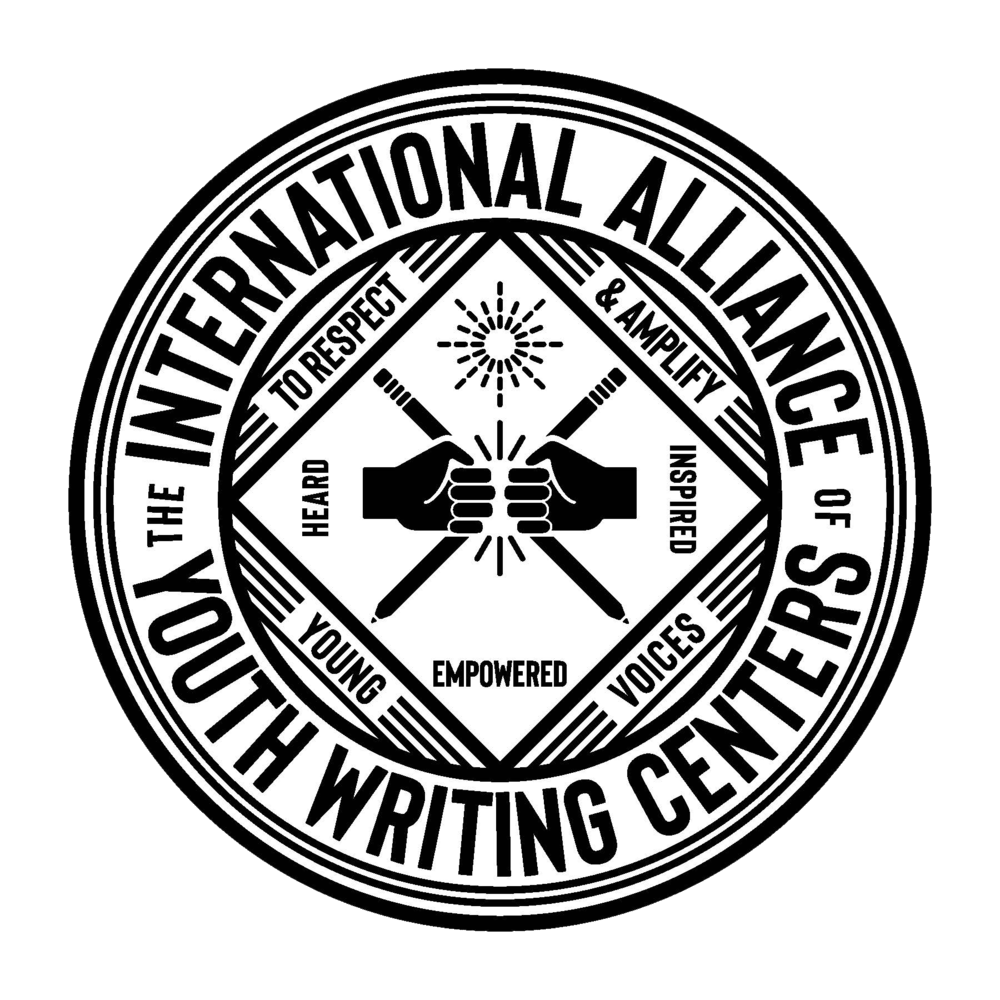HOW TO APPROACH (and Conquer) GRANT WRITING
First, refine your approach. Most youth writing centers can very legitimately apply for funds to youth development, education, or arts organizations (including literary arts, arts education, and more). This is in addition to project-specific grants that might focus on staff needs or technology, etc.
If you feel your organization is not sharply defined as an arts organization or an education organization, for instance, it’s okay to emphasize different aspects of your work to different funders. Consider all that you know about an opportunity as you decide how to shape your request. Did the program officer tell you they are really lacking in after-school education proposals and therefore you’d have a greater chance on that path? Do you see in their guidelines that they never fund book printing? Information like this normally shouldn’t dissuade you from applying, but it can help you choose the parts of your work and your needs that are the best match. If you’re applying to your state arts council, your application will de-emphasize the schools and education parts of your work and will play up all that you do to stoke creativity, to build a bold, artistic mindset in your students, and to connect them to established authors, designers and other artists.
Apply for an amount up to the amount you plan to require for the program. If you know your tutoring program will cost $75,000 next year, your request should be for less than that amount. Remember that funders typically want to be joined by other supporters. It’s possible — but rare — that a person or other funder will want to be the sole funder for something. This is not particularly common and it’s not always a great idea because of the potential for a sense of ownership of the program, and the risk that a single gift may not be renewed which would jeopardize the program. It’s much better to request am amount, with the normal range of a funder’s giving, that is less than your total needed. In the $75,000 program example, that could mean $5,000 or $20,000 or more, but you’re likely to need to show your work. Who else are you asking to support this $75,000 program?
Here’s a very simple look at this:
$75,000 After-school tutoring program
(July 1, 2016 to June 30, 2017)
Pending request (to the foundation you’re asking): $20,000
Pending request to XYZ Foundation: $10,000
Confirmed gift from ABC Foundation: $22,000
Confirmed individual gifts total: $18,000
Confirmed retail sales receipts from our store: $5,000
Almost every foundation will want to look at your financial stability by checking that you have diversified support. It’s reassuring for them to feel that their investment is part of a larger whole.
Furthermore, in this example, while gifts are pending, it’s normally acceptable to apply for more than $75,000 from a range of sources. As everyone knows, not every grant proposal is accepted and some are funded but not fully. Part of planning for declined proposals is sending out lots of applications. Should you be in the happy and unusual position of receiving more than the $75,000 you need, you can ask any of your funder partners if it’s possible to defer their gift to next year’s program. Or, you can evaluate if any of your other funds (perhaps retail revenue or individual gifts) are in fact designated generally and could be used for a different program — or the less-attractive-to-some rent, electric bill, and necessities for running the place.
